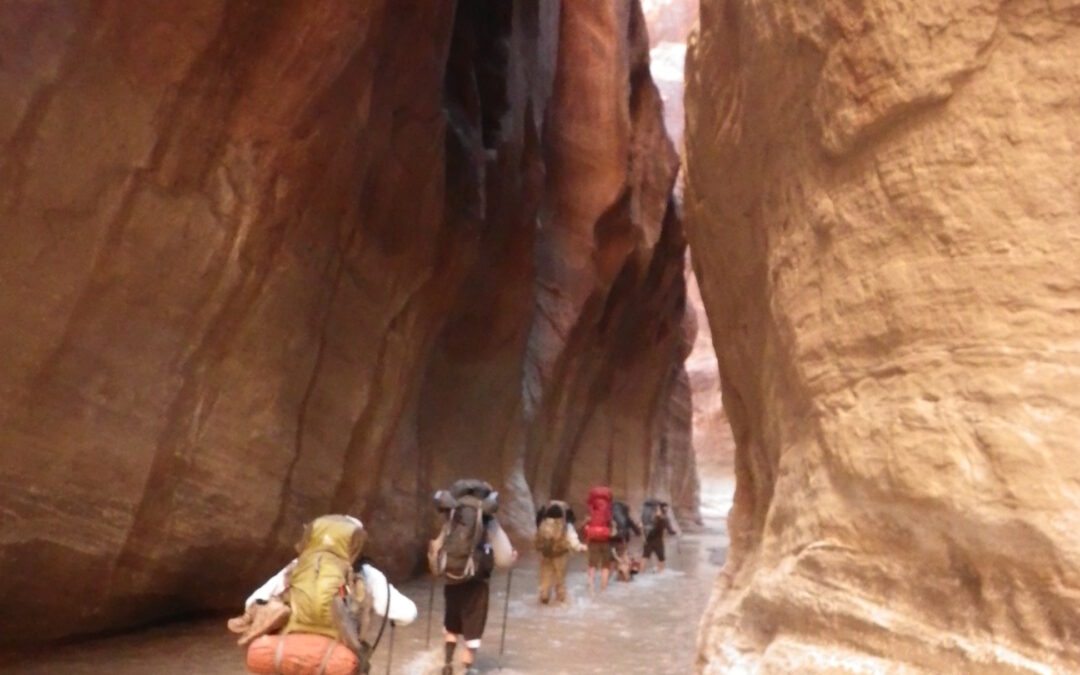Expert tips for overnight (or longer) backpacking trips
By Amanda Lane, Owner, The Hike Shack
“Into the wilderness I go, to lose my mind and find my soul.”
–John Muir
I have been sleeping in the woods all my life. For me it is a common practice; for some, going without a reservation is a scary thought.
With so many people experiencing cabin fever these days, it’s intriguing to think about heading onto the trails for more than just the day.
If you’re thinking of spending a night or more out in the wild, I have some suggestions for you. I highly recommend, especially if you are planning to take your kids, that you start in your own backyard. Once you have your tent, your sleeping bag, and pad, set them up and spend the night close to home. This simple “trial” can be a fun adventure and can teach you a lot in one quick night. When I look at backpacking from a beginner’s standpoint, it can be an overwhelming experience.
Beyond your regular hiking gear and common leave-no-trace practices, there are a few other things to consider.
- Gear. First, no matter where or when you go, there are things you will need. Shelter, sleeping gear, food, and equipment to prepare and consume it, water, and something to carry it all in and back out. All these essentials can vary greatly. There are so many options out there, it is hard to know where to start. There are a few things to remember when it comes to the essentials list; like how far you plan to carry it and how much it all weighs.
- Pack. Size is volume, and your pack should be properly fitted to your torso so you can carry the weight comfortably.
- Tent. Set it up before you go! Look for something light and durable and packable and weather resistant.
- Sleeping bags and pads. Consider weight, packability, fill, and temperature! Sleeping on the cold ground in a bag that is less than warm can make for very unhappy campers.
- Water. Always take more than you think you need. You may have to share and your source may be dry when you arrive. Make sure you treat all water in the outdoors. You never know who or what is up stream. Every trip will vary when it comes to water requirements.
- Food. Keep it simple. You would be surprised as to what sounds good after a long day of hiking. Think lots of calories. Stove, cookware, and dehydrated meals are options, and peanut butter and jelly sandwiches and protein bars are great, too. Whatever you decide, take a little more than you think you will eat.
- Clothing. Remember we are all weather sensitive. You can wear those pants for more than one day. Always bring an extra pair of socks and a bandana.
- Other helpful hints. Your everyday hiking gear should all be with you. I love to take a piece of paper and small pencil to make a list of things I forgot but would love to have next time around. Keep your first adventure simple and short; you will learn a lot. Always tell someone where you are going and when you plan to be back. Check your rules and regulations before you go. Not knowing is NOT an excuse. You can be ticketed and fined for breaking rules. There are places that do not allow you to put down a tent anywhere you choose. Some places do not allow off-the-trail adventuring, and still others require a permit to spend the night. Always pack it in, pack it out, and leave no trace.
The Hike Shack is full of adventures with tons of helpful personal experience and advice. Just ask…advice is always free.
Stop by The Hike Shack at 104 N. Montezuma Street in Prescott or call 928.443.8565 or visit www.thehikeshack.com.
Keep In Mind …
Trails are created to minimize impact. They keep us from damaging ecosystems and allow us to safely explore the wild. There are places where it is a crime to even cut a switchback trail. They are there for a reason and creating a new trail or avoiding them is not helpful. You can even be fined for creating your own trail, and places can be closed if the rules and regulations of trail use are not followed. Off trail hiking is not always looked at very kindly. There are places where it is acceptable. You just need to consider where you are and the impact you are making. Always practice “leave no trace” whether you are on or off a trail. If the area is muddy and you are leaving deep footprints of any kind, rethink your plan. Check with the local authority in the area for rules on leaving the trail before you go. If you do decide to leave the trail, make sure you are a capable navigator. Bring your compass and a map, not just your phone.

